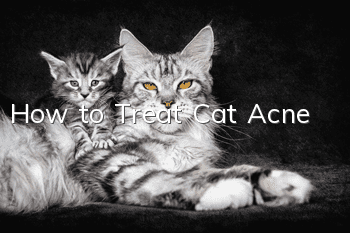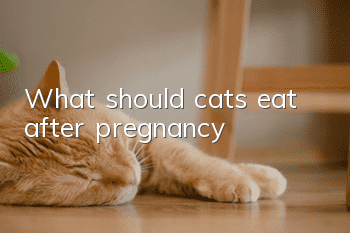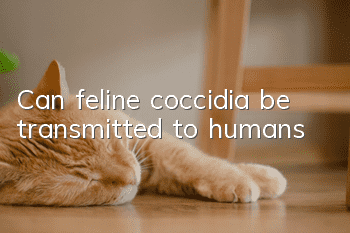How to Treat Cat Acne?

We often hear cat friends say that their kittens have acne. Many times we ignore it and think it is a small thing. However, after a period of time, some people’s cats will develop some terrible symptoms and look very ugly. In fact, Cat acne is easy to treat. Xiaomian will explain to you how to treat cat acne!
Acne is a common skin disease in cats. It is often caused by keratosis of hair follicles and gland hyperplasia. It is more common on the chin, lower lip, and occasionally on the upper lip. The usual age of onset is 6 to 14 years old (median age 4 years), not just "puberty." In some cats, it only occurs at a certain age, while in others it occurs periodically or persists. In the early stage, it may just be acne, and some of them only stay in the acne stage; while others will develop into papules and pustules; in severe cases, the acne will become red and thickened, and folliculitis and furuncle will appear, accompanied by bacterial infection. Cats often scratch and rub their chins on furniture.
The cause is unclear, but research has shown that it is related to immunosuppression, stress, the cat's lack of grooming habits, potential seborrheic tendencies (so-called physical problems), sebum abnormalities, and abnormal hair regeneration.
1. Use appropriate systemic antibiotics for at least 2-3 weeks to treat any secondary bacterial infection.
2. Cut off the hair in the injured area, apply warm water and hot compress, and use human acne pads or shampoo containing benzoyl peroxide, sulfur salicylic acid or ethyl lactate to cleanse, once every 1-2 days until recovery. Treatment is then maintained as needed.
3. Topical drugs that are effective and used once every 1-3 days or as needed to maintain control include: mupirocin ointment or cream, 2.5% benzoyl peroxide cream, 0.01-0.025% tretinoin cream or Lotion, 0.75% metronidazole cream, topical medications containing clindamycin, erythromycin or tetracycline.
4. For refractory cases, systemic application of isotretinoin may be effective. 2mg/kg or 10mg once PO, with an interval of 24 hours, until recovery (nearly 30 days), then maintain control as needed, with the same dose, with an interval of 2-3 days.
5. After treatment, lifelong symptomatic treatment is necessary to control it, because after the symptoms disappear, the medication can be gradually stopped, and some cats may relapse. . The disease is purely a cosmetic problem and does not affect the animal's quality of life unless secondary infection occurs.
- Are there any side effects of taking catamine for a long time? Is it good for cats to take catamine?
- How to make a cat an excellent pick-up cat? Cat training!
- What to do if your cat has kidney failure?
- Your cat can get depression too
- What should I do if my exotic shorthair cat can’t poop in the litter box?
- Will a cat's teeth grow back if they are broken?
- How do cats give birth? Tips for giving birth to a cat!
- How should a novice choose a cat to judge the personality of a kitten?
- How long does it take for a cat to vomit hair after eating hair removal cream?
- How to stop two cats from fighting, are you using the right method?



